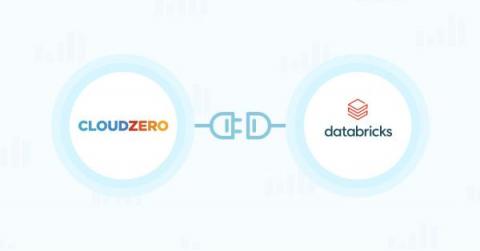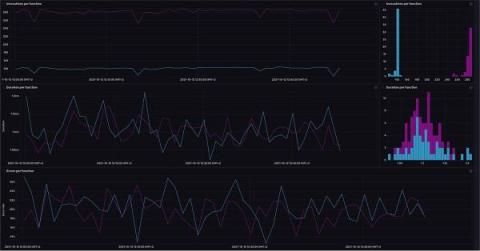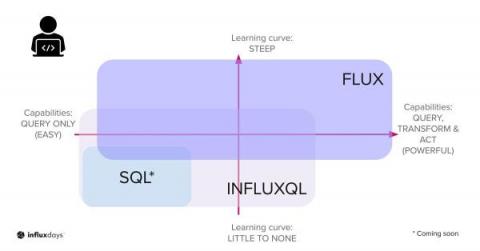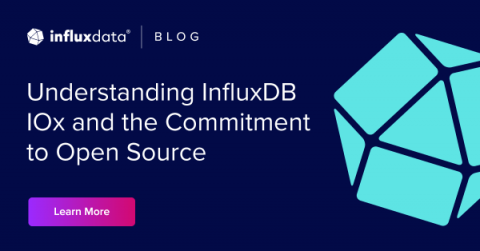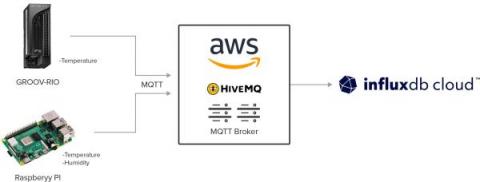Operations | Monitoring | ITSM | DevOps | Cloud
Analytics
Understanding Your Amazon EKS Spend
Most customers running Kubernetes clusters Amazon EKS are regularly looking for ways to better understand and control their costs. While EKS simplifies Kubernetes operations tasks, customers also want to understand the cost drivers for containerized applications running on EKS and best practices for controlling costs. Anodot has collaborated with Amazon Web Services (AWS) to address these needs and share best practices on optimizing Amazon EKS costs.
The Immutability of Time Series Data
Time series data often comes in large volumes that need to be handled carefully to produce insights in near real time. We’re constantly moving through time. The time it took you to read this sentence is now forever in the past, unchangeable. This leads to something unique about data with a time dimension: It can only go in one direction. Time series data is different from other data for many reasons.
ICYMI - Scripting and Query Languages in InfluxDB
At our recent InfluxDays event, Gary Fowler discussed the current state of scripting and query language support in InfluxDB. This is an aspect of the platform undergoing constant development, so here’s a quick recap of what Gary went over.
Intro to Hive Queries-What They Are and How to Write Them Effectively
Aiven for ClickHouse now generally available
Data Governance - Best Practices Organizations Should Prioritize In 2023
Six Mistakes To Avoid When Mapping Your Enterprise Data Landscape
Understanding InfluxDB IOx and the Commitment to Open Source
If you’ve been following InfluxDB, you’ve probably heard of InfluxDB IOx, the next evolution of the storage engine powering InfluxDB Cloud. However, I wanted to learn more about how the open source components of the new engine help achieve the requirements for the new InfluxDB engine and why they were chosen. This post covers that precise topic. We’ll also learn why InfluxDB chose to contribute to these open source projects and what our commitment to open source looks like today.
Benefits of Native MQTT Integration on InfluxDB Cloud
To a great extent, the value of the Internet of Things (IoT) is realized through the insights (data) generated from sensor data integrated in storage and analytics systems. Consequently, how the data integration is conducted directly impacts the success of IoT projects. For this reason, InfluxData introduced Native Collectors to bypass multiple data hops and enable one-step integration of data from data brokers such as HiveMQ MQTT broker into its InfluxDB Cloud time series database.


